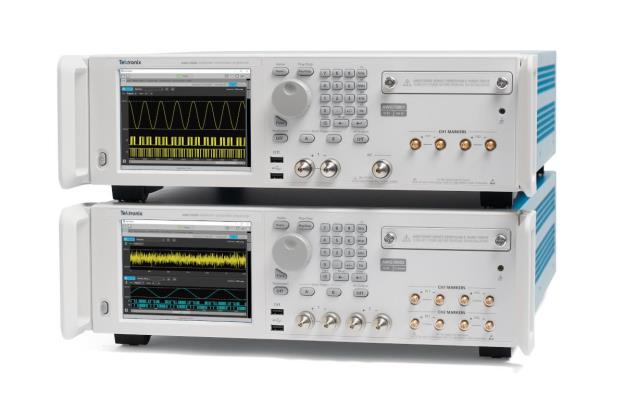

Tektronix RF Product Manager, Alejandro Buritica, recently penned an article for Microwaves & RF titled Improve the Reliability of 6G Designs with High-Fidelity Test Beds. In it he discusses the early-stage challenges with 6G, including how the lofty expectations are challenging test and measurement engineers, how to analyze signal quality, and how to increase design reliability.
6G will demand the development of components that allow much higher data throughputs while also cutting the latency of networks to allow real-time, high-density data exchange. Many proposed applications will rely on these abilities, including autonomous driving, remote surgery, and rescue operations with sensing and haptic feedback. To add to the bandwidth requirements, these applications will require very high resolution 360° video transmission.
Cutting-edge research to develop new 6G underlying technology demands test and measurement equipment good enough to take measurements on components that may be operating at the theoretical limits of performance.
Three must-have requirements for improving 6G designs, include:
- Wider baseband capabilities
Following the development path of 5G devices in the mmWave range, the engineering of integrated 6G systems will work at much higher frequencies and will occupy channels with more than 8 GHz of bandwidth. Researchers will have to lean on radiated, over-the-air (OTA) measurements. These researchers will upconvert very wide baseband signals and present them to the device under test (DUT), and then determine the RF performance of their designs by down-converting and analyzing the demodulated baseband signals at the end of the OTA link.
- Faster signal processing
A hardware-enabled prototyping 6G test bed capable of generating and analyzing wide signals requires test and measurement equipment with very fast and high-fidelity analog-to-digital converters (ADCs) and digital-to-analog converters (DACs). This will minimize measurement uncertainty, provide equalized flatness across wide channels, and simplify the execution of automated test sequences for system characterization.
-
Greater integration of test equipment into modeling and simulation tools
As researchers create new prototypes, it becomes even more important to have a toolset that allows for the integration of actual measurements with system-level models. Going a step further, being equipped with analysis tools that operate both on software-modeled and simulated data, as well as actual measured data from high-bandwidth test equipment, will increase the reliability of their designs.


The test and measurement equipment required for the above include instrumentation that can demonstrate flexibility to generate and analyze new kinds of waveforms on multiple channels simultaneously, while giving researchers great vertical resolution, reliably low residual Error Vector Magnitude (EVM), a large memory, and the ability to synchronize multiple instruments.
The Tektronix DPO70000SX Oscilloscopes and AWG70000B Arbitrary Waveform Generators, as well as associated software, empower researchers and engineers to tackle the early-stage validation and test of 6G technologies, expediting quality measurement results, and increasing confidence in new designs.
For more information, you can check out the article here.


